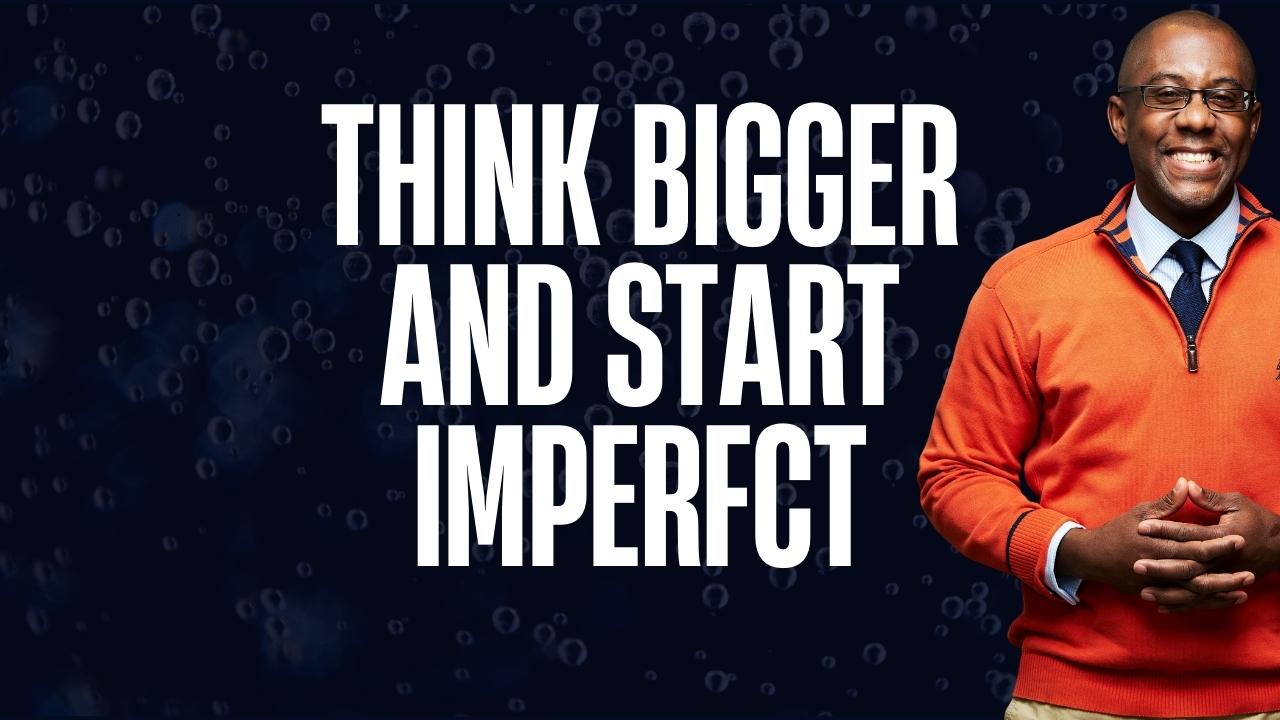Sticking to just one AI tool is like trying to build a house with only a hammer. Sure, you might get some things done, but you’re missing out on the full potential of what’s possible. Let me explain why diversifying your AI toolkit isn’t just smart—it’s essential for staying competitive in 2025.
Dr. Nadya Zhexembayeva writes on LinkedIn, if you’re only using ChatGPT, you’re already behind. Most people can name 3–5 AI tools. But what if I told you there are hundreds—and they’re changing how we work, think, and create right now?
The AI Landscape is Still in Its Infancy
Think back to early 2022, when ChatGPT hadn’t even launched. In just two years, we’ve seen an explosion of AI capabilities that have transformed how we work, create, and solve problems. The field is moving so quickly that last month’s breakthrough could be this month’s baseline. By limiting yourself to a single AI tool, you’re essentially looking at this revolution through a keyhole instead of throwing open the door.
Even the Giants Are Growing
The major players in AI—ChatGPT, Claude, Bard, GitHub Copilot, and Perplexity—are constantly evolving. Each update brings new capabilities, improved accuracy, and innovative features. ChatGPT’s capabilities today are vastly different from what they were at launch. Claude has dramatically improved its analytical and coding abilities. Bard’s integration with Google’s suite of tools keeps expanding. These tools aren’t just getting better—they’re specializing and differentiating themselves.
Niche Tools for Specific Needs
Beyond the general-purpose AI assistants, there’s a whole ecosystem of specialized tools that excel at specific tasks:
For audio and music, tools like AudioCraft and MusicLM are pushing the boundaries of what’s possible in sound generation. Data scientists have specialized tools like AutoML platforms that streamline complex analysis workflows. Video editors can leverage AI tools specifically designed for their craft, offering capabilities that general-purpose AI assistants simply can’t match.
These niche tools often outperform general-purpose AI in their specific domains. They’re built with deep understanding of their target users’ needs and workflows, offering features and optimizations that wouldn’t make sense in a broader tool.
The Risk of Single-Tool Dependency
Building your entire workflow—or worse, your business—around a single AI tool is risky. We’ve already seen services shut down, change their terms of service, or significantly alter their pricing models with little warning. Remember when major changes to ChatGPT’s pricing caused chaos for many businesses that had built their processes around it?
Additionally, different tools have different strengths and weaknesses. While one might excel at creative writing, another might be better at code analysis. By relying on a single tool, you’re accepting its limitations as your own.
How to Diversify Your AI Toolkit
- Start by identifying your core needs. What tasks do you regularly perform with AI?
- Research specialized tools in those areas. The AI landscape is vast, and there’s likely a tool specifically designed for your use case.
- Experiment with different general-purpose AI assistants. Each has its own strengths and unique approaches to problem-solving.
- Build redundancy into your workflows. Have backup options ready in case your primary tool experiences downtime or makes unwanted changes.
- Stay informed about new developments. The AI field moves quickly, and tomorrow’s game-changing tool might not even exist today.
The Future of AI Tools
As AI continues to evolve, we’re likely to see both further specialization and increased integration between tools. The winning strategy isn’t to find the “one perfect tool,” but to build a flexible toolkit that can adapt as the technology landscape changes.
Remember: The goal isn’t to use every AI tool available—that would be overwhelming and counterproductive. Instead, focus on building a curated selection of tools that complement each other and serve your specific needs while maintaining the flexibility to adapt as the AI landscape continues to evolve.
The AI revolution is just beginning, and the tools we have today are just the tip of the iceberg. Don’t limit yourself to a single perspective on this transformative technology. Explore, experiment, and find the combination of tools that works best for you.
If You’re Only Using One AI Tool, You’re Missing Out











